Celebrating the Lunar New Year
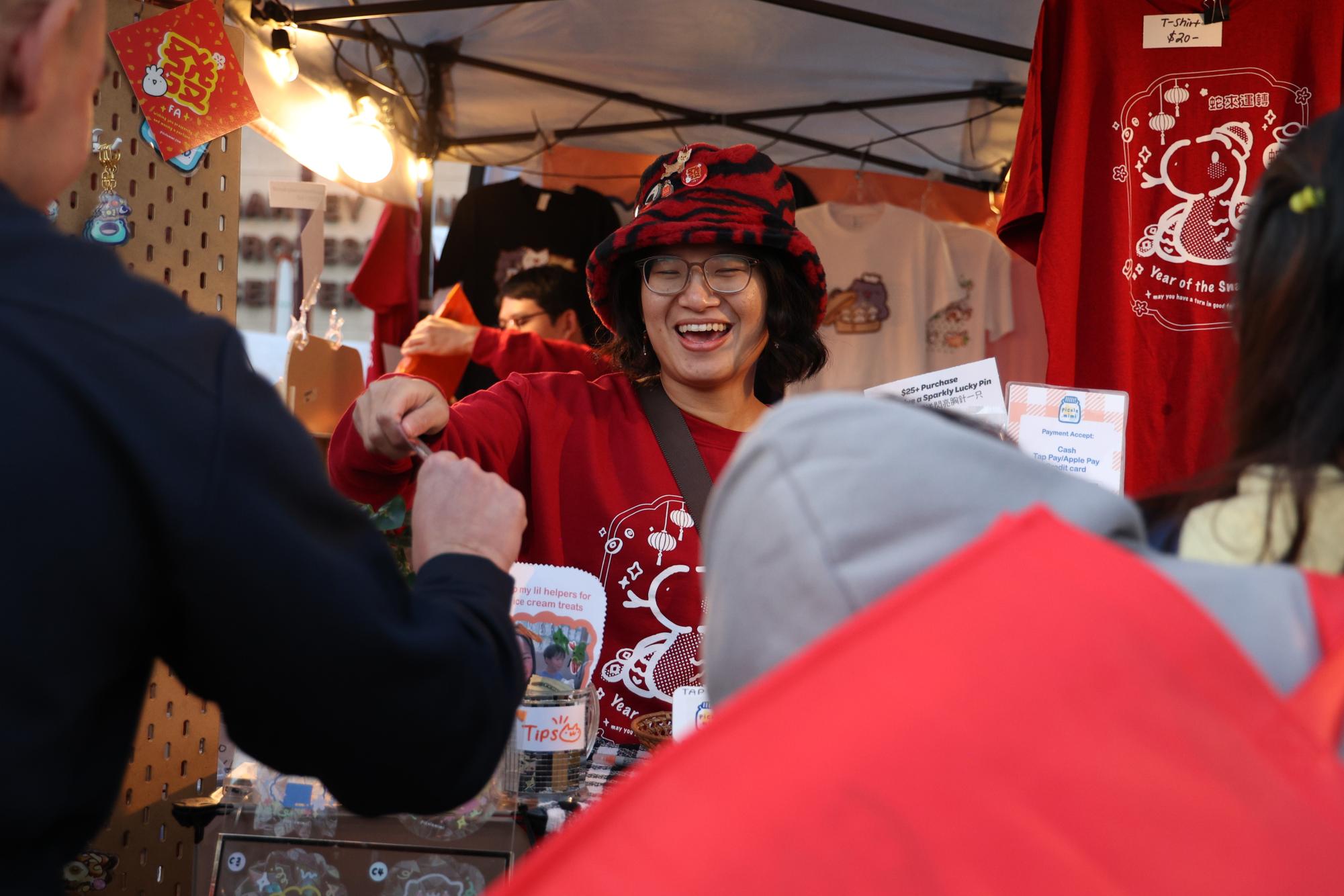
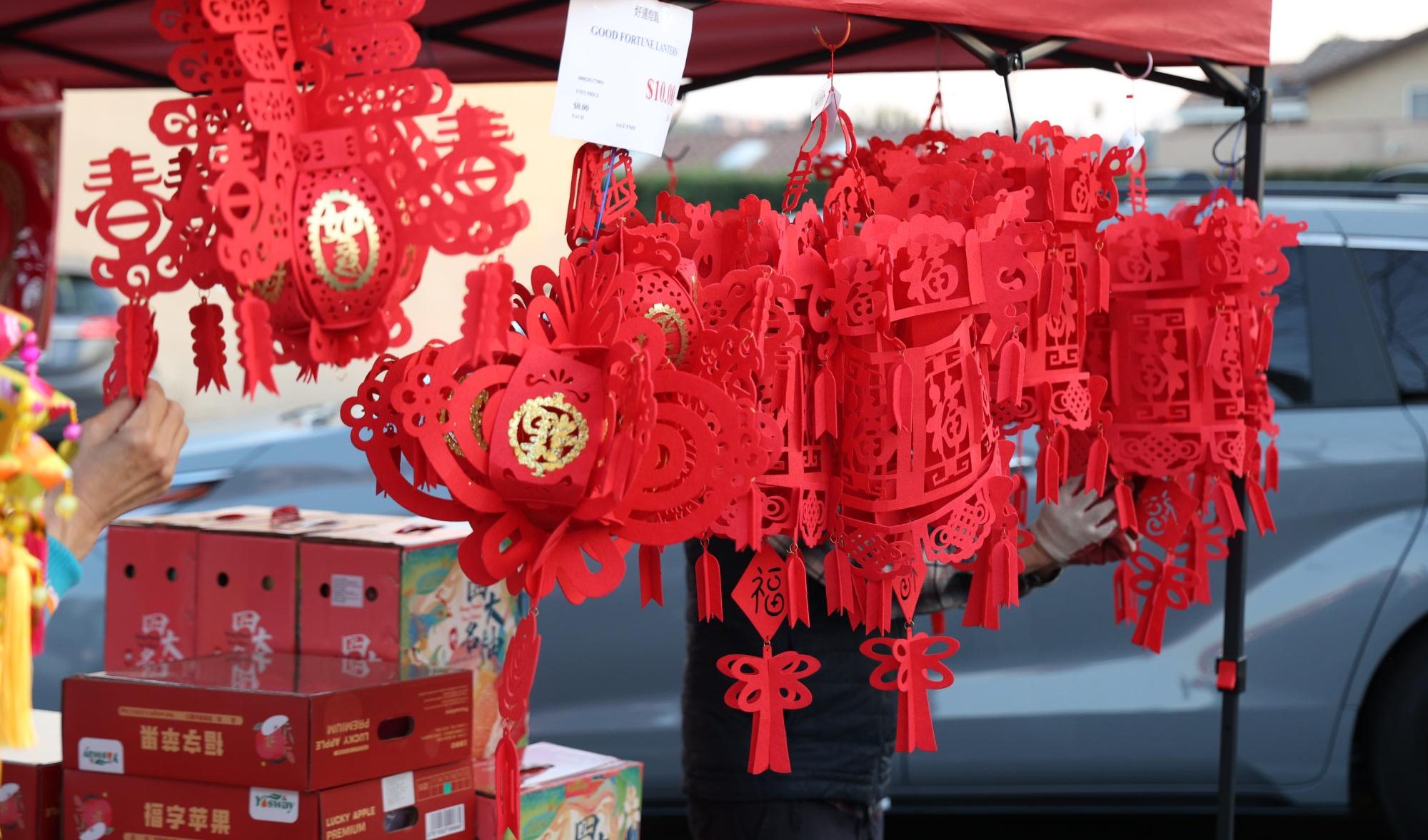
Firecrackers. Red envelopes. Festival food. Each year, families celebrating the Lunar New Year reunite to spend time with elders and relatives, pay respects to their ancestors and enjoy festivities as they welcome happiness and prosperity in the coming year.
Falling on the first new moon of the lunar calendar, the 2025 Lunar New Year occurred on Jan. 29 and commenced the Year of the Snake. Lunar New Year is celebrated in China, Korea, Vietnam, Malaysia and many other East and Southeast Asian countries.
Some traditions include decorating homes with the color red and preparing symbolic cultural dishes. Over the 15-day period, people light firecrackers, watch lion dances, give and receive red envelopes and more.
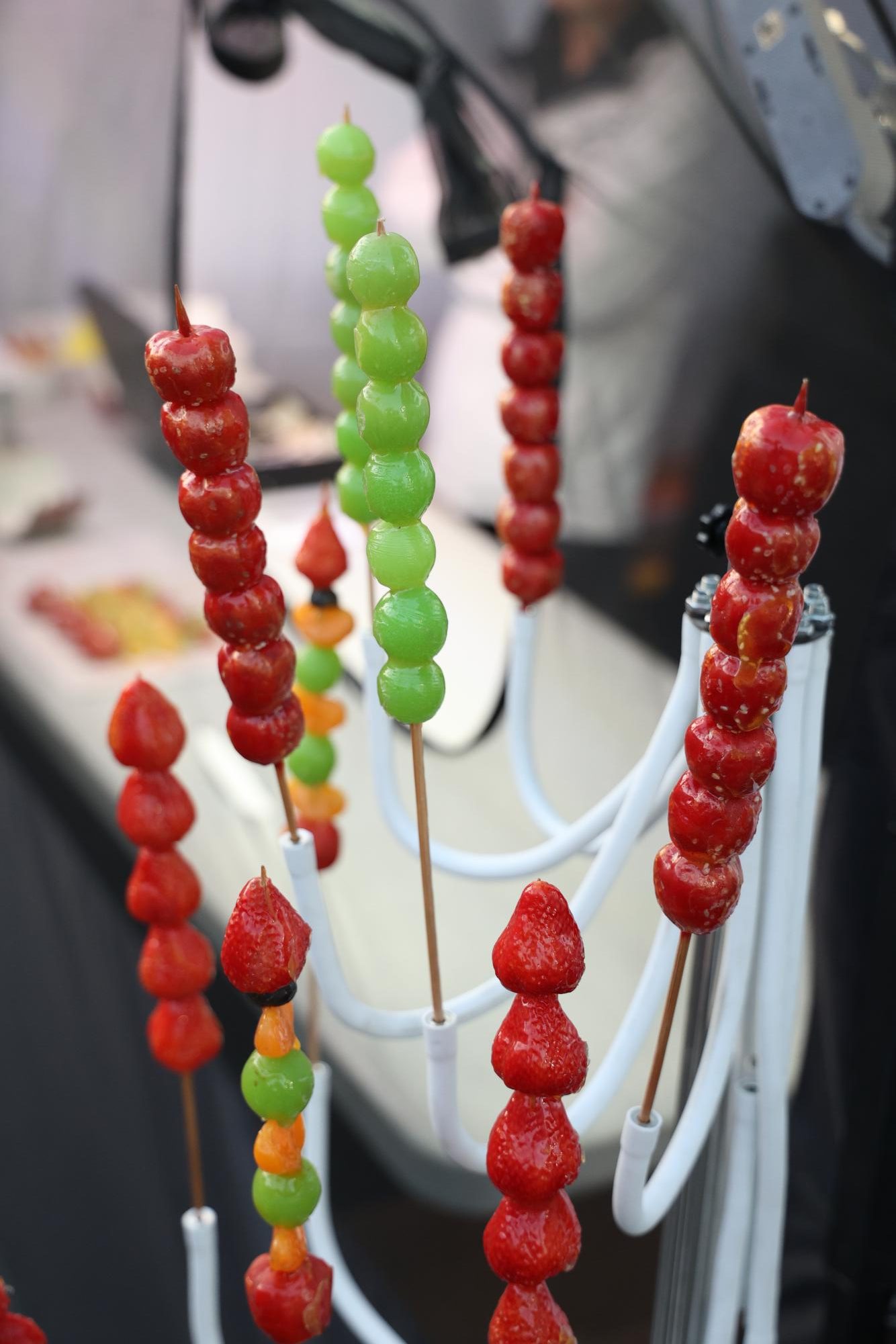
In the northern province of Shandong, the festival is characterized by eating dumplings and giving hong bao, or red envelopes. On New Year’s Eve, families celebrate by feasting. The next day is filled with a flurry of visits to relatives.
Chinese teacher Yi Jiang, who grew up in Shandong, recalled the bustle and festivity of the day.
“It was a long period of celebration,” Dr. Jiang said. “As kids, we also enjoyed the one month away from school because we could just eat yummy food and have no schoolwork. I have very relaxing memories about the Spring Festival in China.”
The Lunar New Year feast, called nian ye fan, features an array of delicacies, each with different meanings.
“The shape of the dumpling is like golden money in ancient China, so it means you will have a very wealthy year ahead,” Dr. Jiang said. “Usually people also like to eat fish. The sound of fish is kind of like ‘you will have extra money left for the year.’ Or people like tofu, which means you will have a lot of fortune this year.”
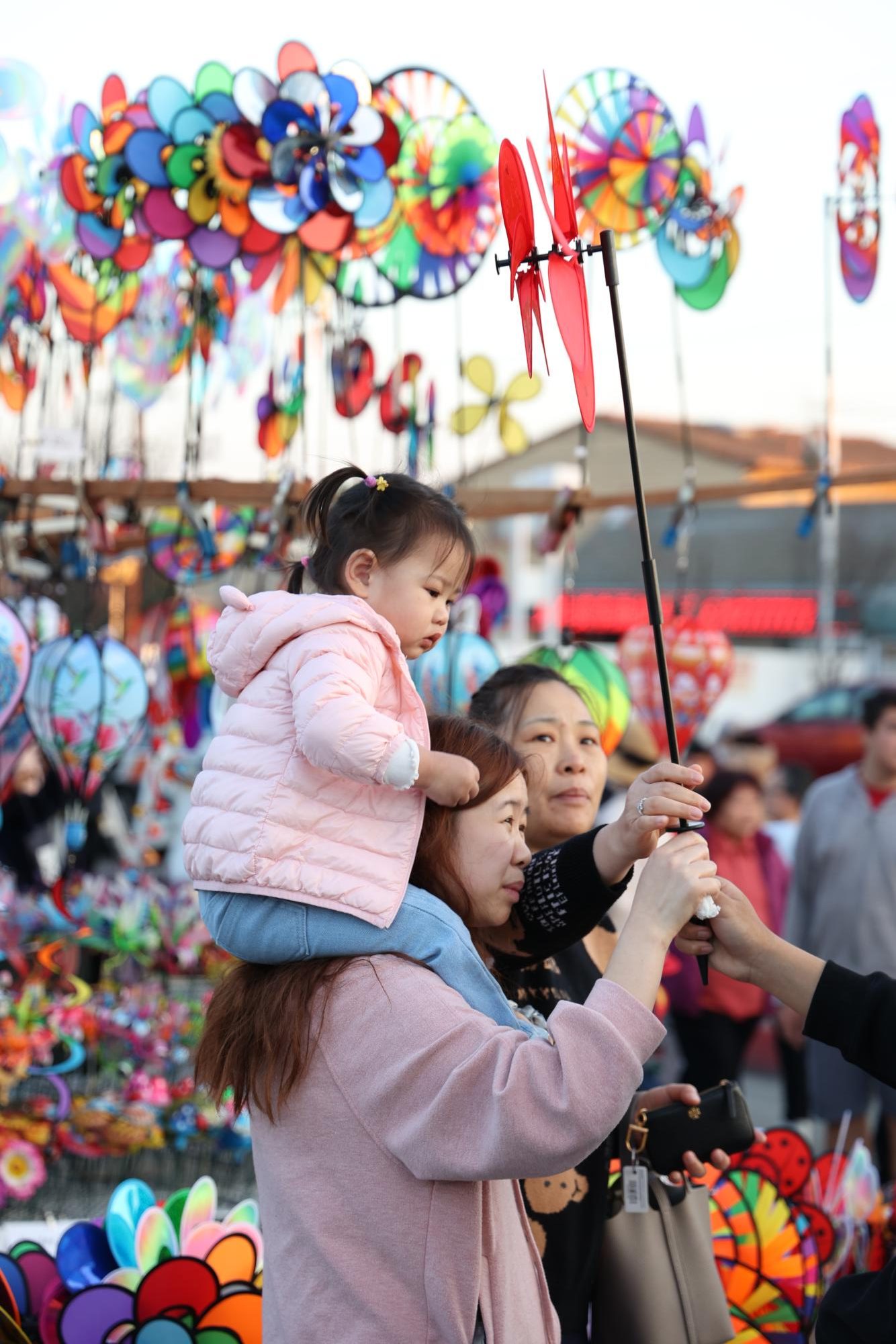
A predominantly Cantonese-speaking part of China, Hong Kong is home to traditional flower fairs, with stalls selling chrysanthemums and mandarin as well as celebration paraphernalia like lanterns and banners.
Orchestra teacher Jaco Wong, who grew up in Hong Kong, reminisced on the grand meals his family would prepare, including delicacies like fo tiao qiang, a shark fin soup.
“The biggest thing is the food,” Wong said. “My grandma used to make all these big meals and all my uncles and aunts would come over with my cousins. A lot of restaurants and stores are actually closed during Chinese New Year, so all you could do was stay home and be with your family.”
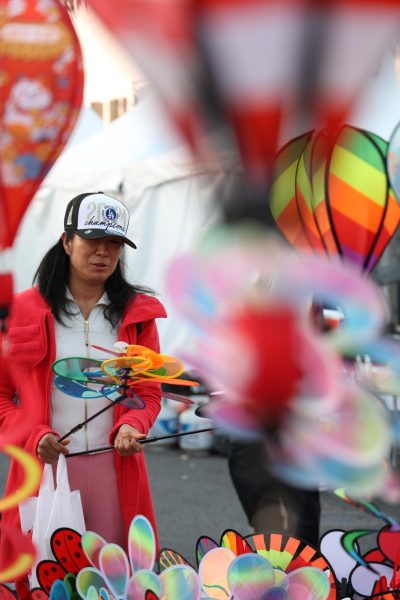
After Wong moved from Hong Kong, he discovered many new traditions he had never known about.
“I learned more about different ethnic groups that even within China have their unique snacks and their unique tradition,” Wong said. “My wife is actually from Taiwan, so a year ago, she made these candies that they eat during New Years. I’d never seen this and it was nice to learn all about those [traditions] as well.”
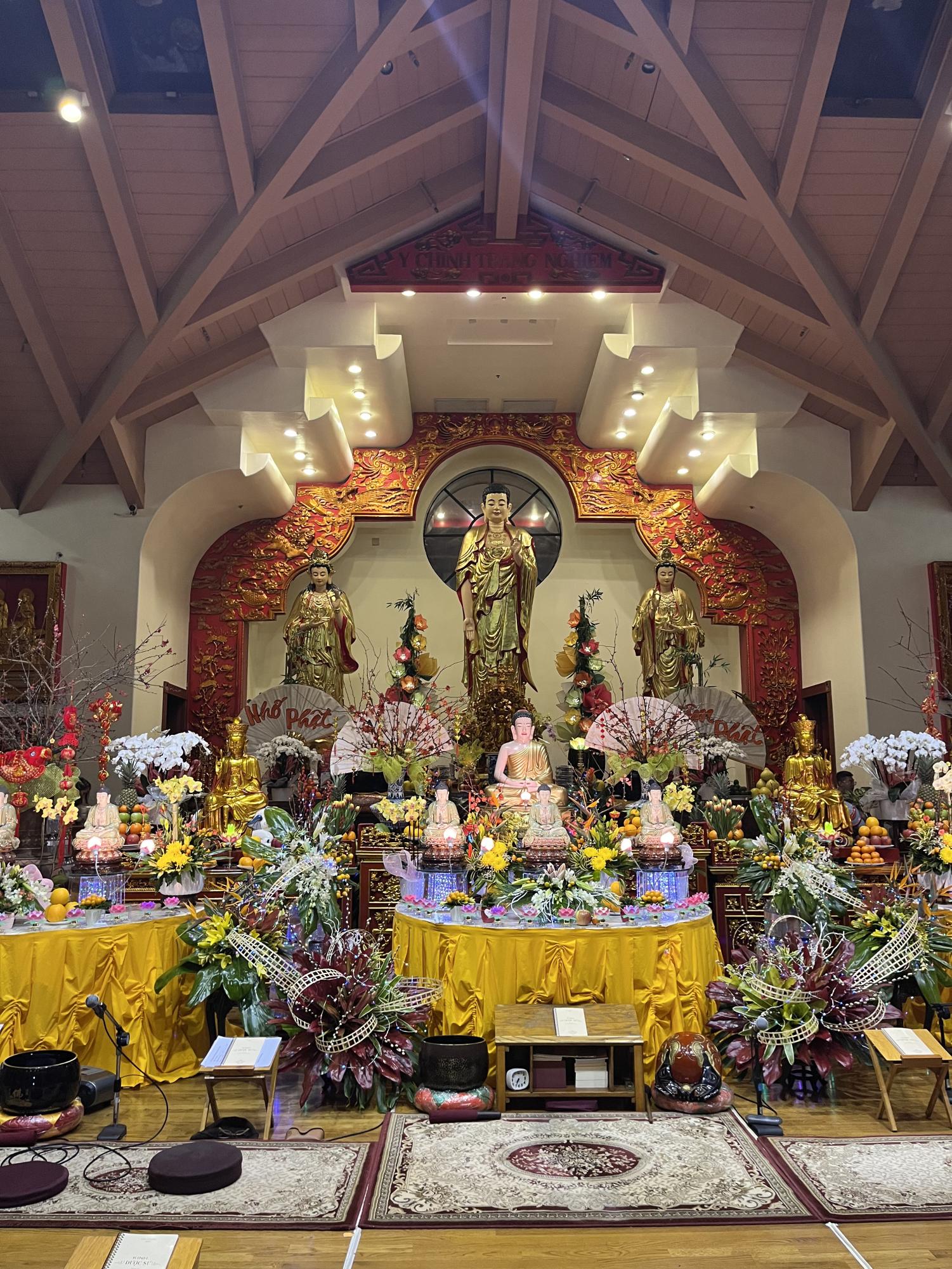
Tết, the Lunar New Year in Vietnam, is a time for many to visit family and worship their ancestors.
Junior Mindy Truong typically partakes in these rituals, even with the limited Asian cultural centers in America.
“My favorite thing about Lunar New Year is definitely going to the temple, because I’ve grown up Buddhist and I know the nuns at the temple there,” Mindy said. “It’s really nice because they set up decorations at the temple and all the people there are all super friendly.”
Before celebrations, people usually clean their homes and make food preparations.
“A lot of families will clean the house beforehand to wipe out all the bad memories from before,” Mindy said. “My family also likes making our own food. We don’t really buy food because we’re vegetarians, so everything we make is altered and beforehand.”
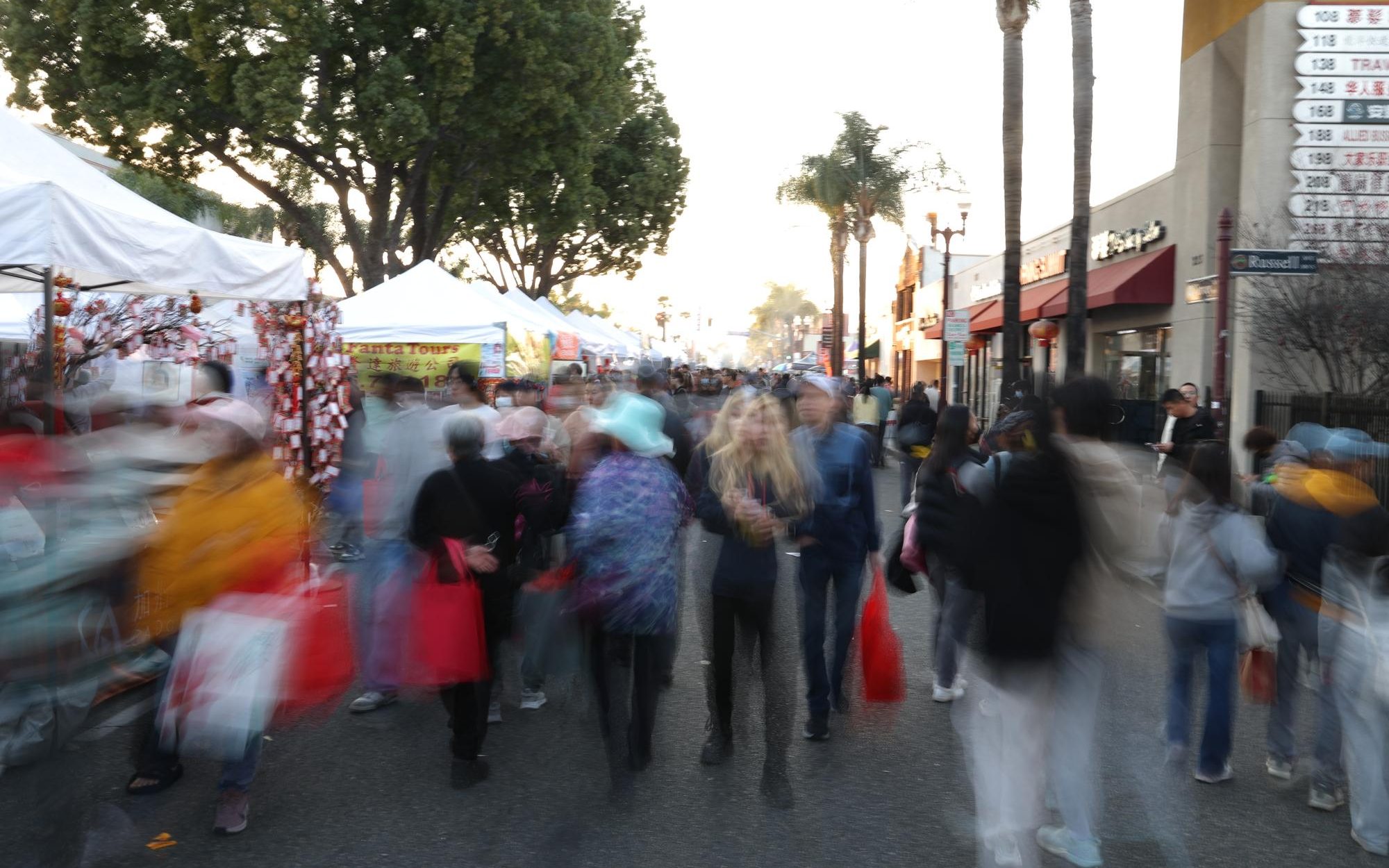
During Malaysian Lunar New Year festivals, people from the Malaysian, Chinese and Indian cultures gather to celebrate.
Unlike in the US, the New Year celebrations are much more widespread in Malaysia. Sophomore Alexis Leo typically celebrates this event with her family in Malaysia.
“It’s a lot more festive and aggressive and rambunctious,” Alexis said. “Every time I’m celebrating in Malaysia, it’s extremely loud the whole night and it’s never really dark because there’s so many fireworks the whole time, but everybody’s having a lot of fun.”
With the New Year being centered around family-based traditions, many children visit their parents at home, especially when living abroad.
“Every year we age, and it reminds me that we all don’t have unlimited time, so we have to cherish it well,” Alexis said. “That’s especially the case with my grandma, because I know that someday I’m not going to be able to celebrate with her again, so I just want to cherish all of that time.”
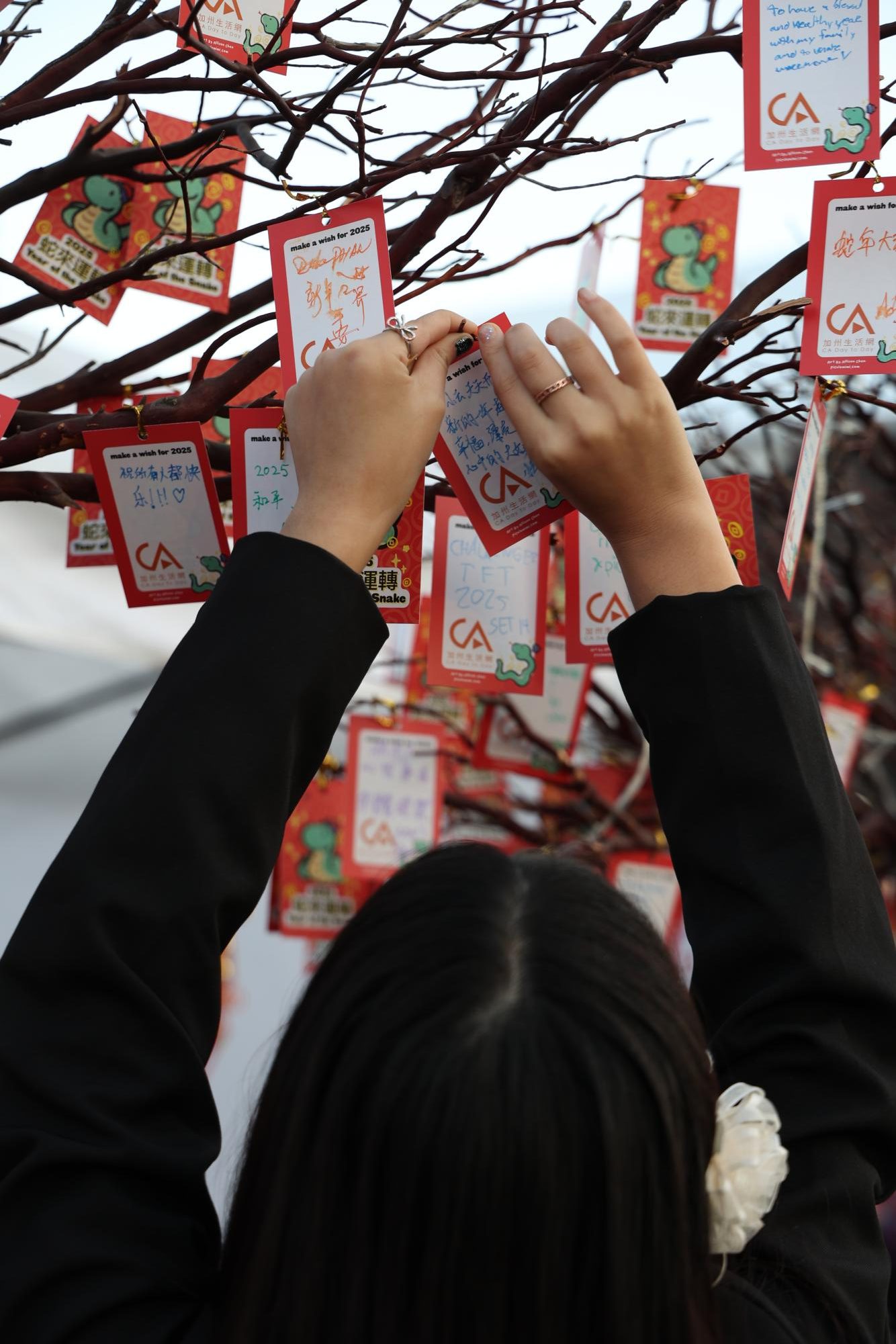
Veneration of ancestors is a key aspect of Lunar New Year in the Korean culture.
Amber Wee (9) travels to Korea in December to visit her grandparents and celebrate the holiday early.
“It’s about honoring our dead ancestors and asking them to give us privileged lives and making sure that we’re healthy,” Amber said. “We burn incense and we also take turns in age order to bow to our ancestors individually. I think this is one of the more important holidays in my life because it’s one of the only holidays that I actually get to meet my grandparents.”
A wide food selection fills tables in Korea on Lunar New Year. Tteokguk, a rice cake soup, is the main traditional dish.
Sophomore Andrew Shin explains the symbolic meaning behind the soup.
“It’s supposed to imply that every time you eat it, you’re supposed to gain a year in your age and if you eat it, it guarantees you a year of good luck,” Andrew said. “We eat it every single day on the day of Lunar New Year so it symbolizes another year of good health. “




